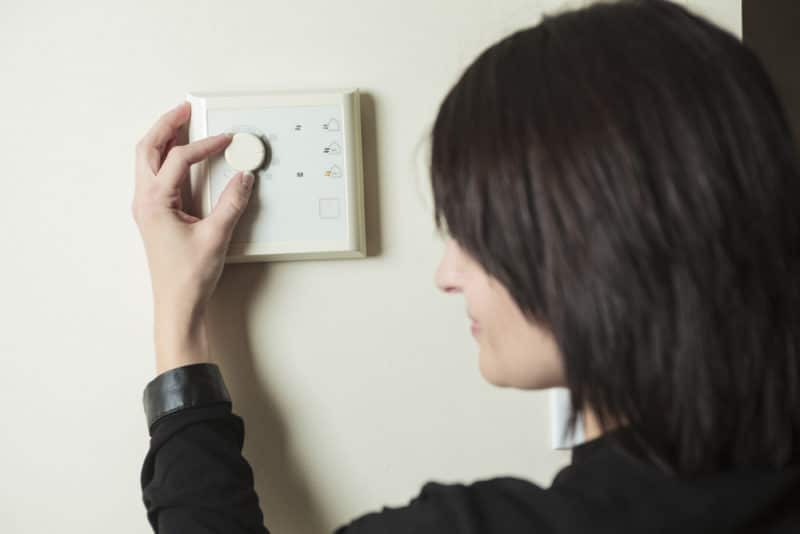Although most people have noticed the settings on the thermostat in their Savannah, Georgia, home, they don’t take the time to learn their distinctions. Your thermostat settings can make a big difference in the comfort and energy savings in your home.
Explaining the Auto Setting
You’ve probably seen the auto setting on your thermostat, but you may not really know what it means. The auto setting prevents your system from running around the clock. Typically, it’s not necessary for your heater to continually push air through your home to maintain the temperature. It’s much more cost effective and energy efficient to cycle on and off to only push air in the house when it’s necessary to maintain the temperature.
The auto setting on your thermostat tells your HVAC system to only run with it’s necessary. It automatically turns on when the home starts to fall below the desired temperature. Ultimately, you don’t waste energy having the fan push air through your home all day and night.
The On Setting
The other typical setting on your thermostat is the on setting. This setting means that the fan on your system will run consistently to maintain the temperature in your home. Instead of cycling on and off throughout the day, the fan will always be blowing air throughout your home. There are some benefits to having your system continuously run. You typically won’t experience hot or cold spots in your home as often as you might with the auto setting. You also may benefit from better indoor air quality since the air is being cycled continuously through the air vents.
Besides using more energy, be aware that running your system continuously puts added stress on your HVAC system. The blower may wear down faster or be prone to breaking down when you have your thermostat set to the on setting. It’s also more difficult for your HVAC system to dehumidify your home when it runs all the time. You might experience humidity concerns during the summer when using this setting. Finally, if you have issues with your ducts leaking, the problem will only be heightened when you’re pushing air through your ducts without a break.
What’s Best?
What’s best really depends on your home and your needs. If you have a high-efficiency HVAC system, you might be okay running your HVAC system with the on setting. Investing in preventive maintenance will also help to stop your system from breaking down and keeping it in good shape longer. You can also have your indoor air quality tested to make sure that’s not a concern as well. If it is a concern, keeping your system running throughout the day could help to combat that issue.
Typically, it’s best to use the auto setting to save energy and prevent your HVAC system from wearing down as fast. Some people find it beneficial to use the auto setting most of the time, but change it to the on setting if it’s an unusually hot or cold day or they notice signs of poor IAQ in the home.
Other Considerations
If you’re torn between using the on setting and the auto setting, then consider a variable speed system when it’s time to replace your system. Most systems operate at one stage. The system is either on or off. A variable speed system works at two different stages. It can run at a lower or a higher speed depending on the temperature changes in the home. Instead of changing your thermostat from auto to on to combat temperature swings in your home, the variable speed system handles that for you.
Variable speed systems help to save energy while keeping your home at a stable temperature without experiencing hot or cold spots throughout your home. Unfortunately, you can’t just add a variable speed component to your current system. To get this benefit, you would need to upgrade your entire system. If your system is aging, it’s worth investigating whether it’s worth it to update and if a variable speed system is right for you.
If you’re ready to upgrade your system, we are the people to call. Contact Byrd Heating and Air Conditioning at 912-373-8447 to schedule an appointment today.
Image provided by Shutterstock

